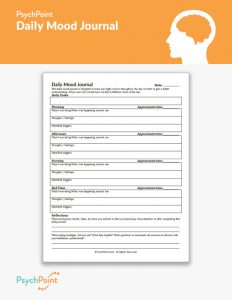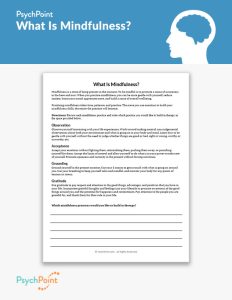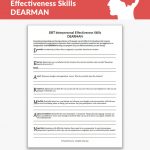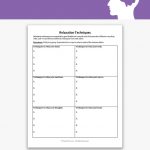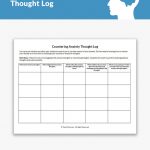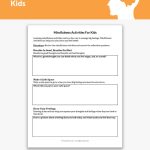Identifying Emotional Eating Worksheet
Worksheet updated on December 19th, 2024
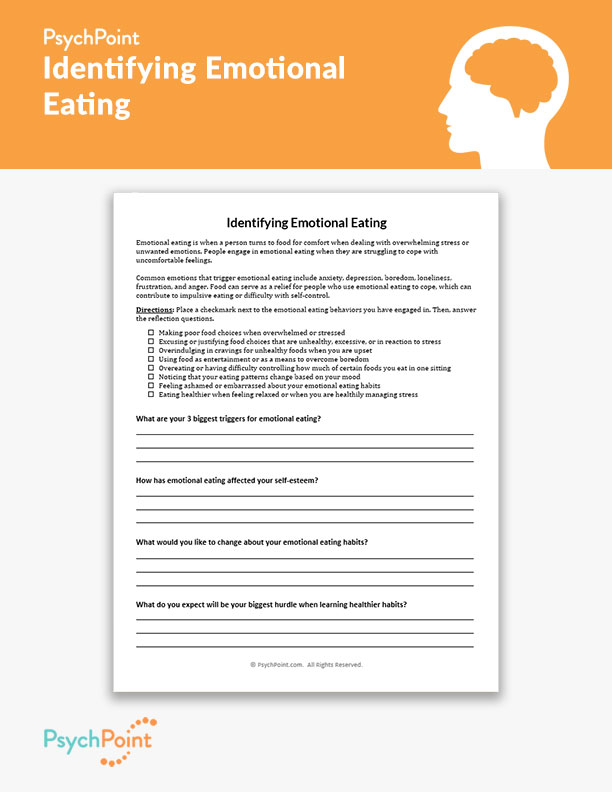
Emotional eating is a common stress reaction. Most of us may turn to food for stress relief or reward sometimes, but using food as a means to cope can hurt clients and affect their mental health. People who emotionally eat face potential consequences, including eating disorders, medical issues, and worsening anxiety and depression.
It is important to address issues related to emotional eating in therapy. Addressing habits of emotional eating can teach clients how to healthily cope with stress, anxiety, and more. It can also help with boosting self-esteem.
About This Worksheet
People who emotionally eat will do so for different reasons. Many people may not even realize that they use food to cope, or may feel helpless when addressing the habit. The Identifying Emotional Eating worksheet outlines key triggers and warning signs for emotional eating. It also provides reflection questions that help with planning to learn healthier coping skills to replace emotional eating.
This worksheet helps educate teens and adults about how emotional eating affects them. It also facilitates the process of exploring methods of building healthier habits. It can be used in individual or group counseling sessions.
Instructions
Introduce the worksheet and explain how emotional eating people may emotionally eat to cope with stress or uncomfortable emotions. Review the introduction with the client and instruct them to place a checkmark next to the warning signs they have noticed in themselves. Then, allow them time to answer the reflection questions.
When the client has completed the reflection questions, review their responses with them. Open a dialog about how replacing emotional eating with healthier coping skills can help them in therapy. You may ask questions like “What do you think the first step needs to be to reduce your emotional eating habits?” or “How do you think replacing emotional eating with healthier coping skills will help your quality of life?” Use their responses to begin forming treatment goals to reduce emotional eating.

